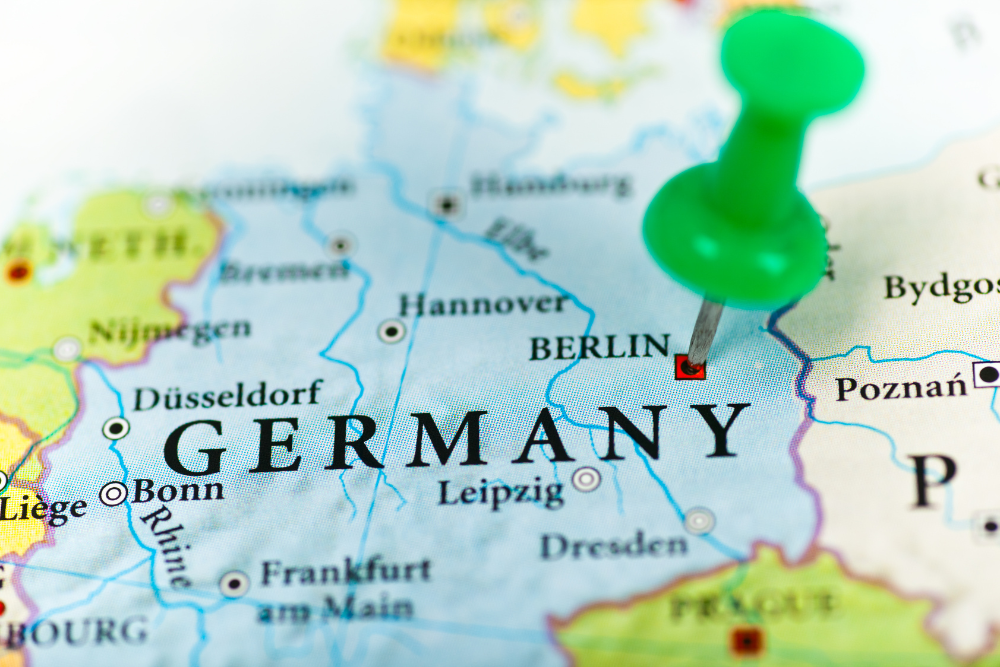Germany is a country steeped in history, culture, and natural beauty, making it a haven for travelers seeking to explore both its past and present. From majestic castles and grand palaces to charming villages and natural landscapes, Germany’s iconic landmarks offer a glimpse into the country’s rich heritage. Whether you’re a history enthusiast, architecture lover, or nature seeker, Germany’s landmarks cater to all. Here’s a guide to some of the most iconic landmarks that you must visit, from the Brandenburg Gate to the enchanting Black Forest.
1. Brandenburg Gate (Berlin)
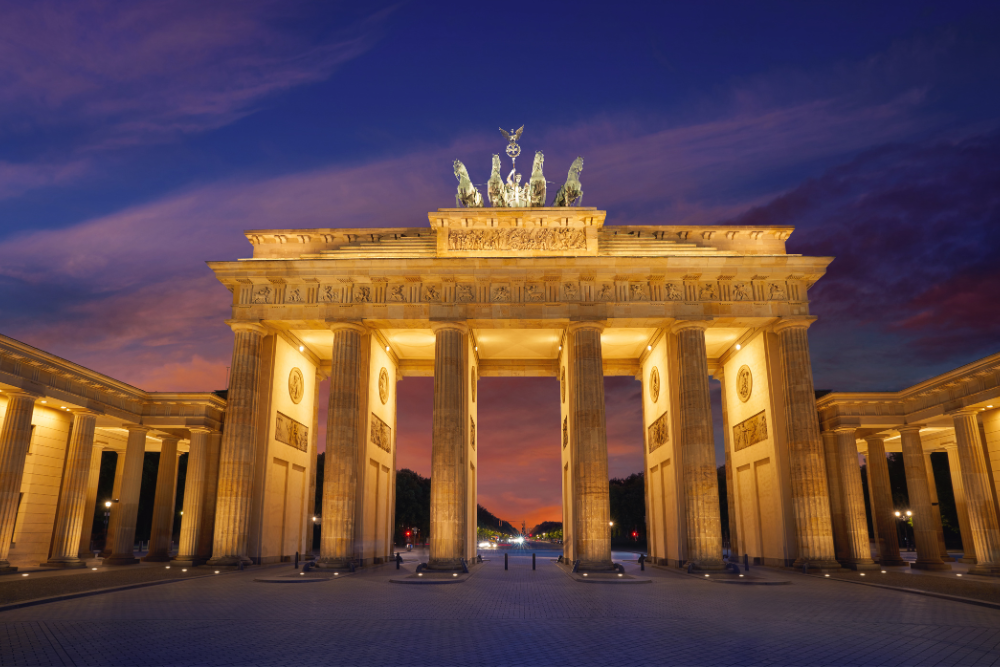
Arguably the most iconic landmark in Germany, the Brandenburg Gate stands as a symbol of unity and freedom. Located in Berlin, this neoclassical arch was constructed in the late 18th century and has witnessed many pivotal moments in German history, including the fall of the Berlin Wall in 1989. The gate, with its majestic columns and the Quadriga statue atop, represents both the division and reunification of Germany.
- What to Expect: The Brandenburg Gate is located in the heart of Berlin, making it easy to explore on foot. It is often the center of major national celebrations and events. Standing beneath the gate, you can feel the weight of history and the connection to the reunification of the country.
- Tip: Visit in the evening when the gate is beautifully illuminated, offering the perfect photo opportunity. The nearby Pariser Platz and the Reichstag building add to the grandeur of the area.
2. Neuschwanstein Castle (Bavaria)
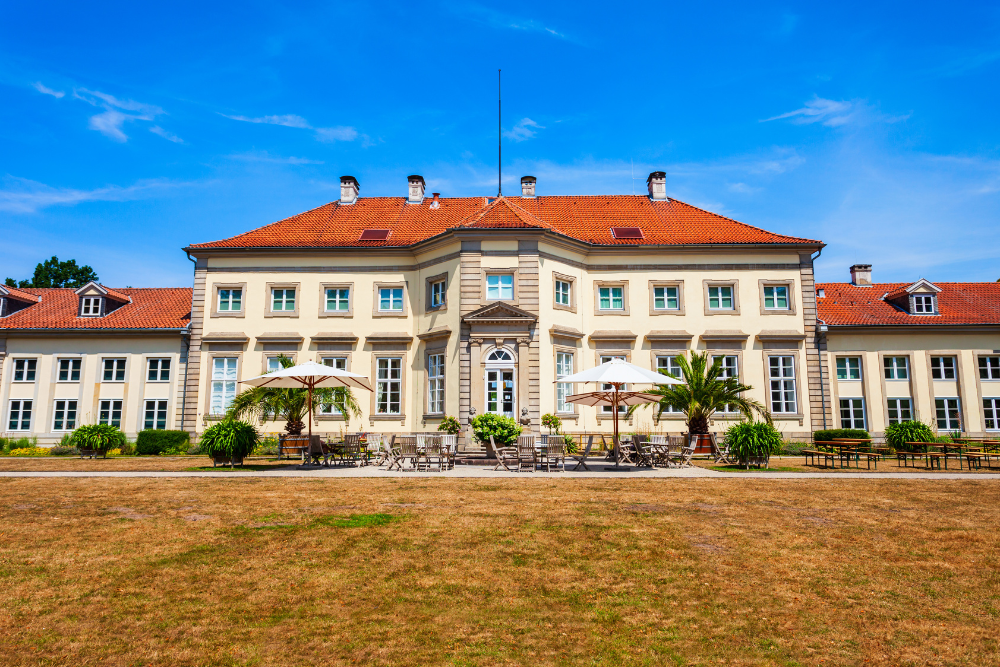
Nestled in the Bavarian Alps, Neuschwanstein Castle is perhaps the most fairy-tale-like castle in Germany. Built in the 19th century by King Ludwig II, this castle is famous for its dramatic and whimsical architecture, which inspired Walt Disney’s Sleeping Beauty Castle. Perched on a hill above the town of Füssen, the castle offers breathtaking views of the surrounding mountains and lakes.
- What to Expect: Visitors can tour the castle’s lavish interior, which includes stunning rooms, intricate artwork, and spectacular views from every angle. The castle’s exterior is equally impressive, with turrets and spires that look straight out of a fairy tale.
- Tip: Arrive early to avoid large crowds and enjoy a peaceful walk around the castle’s picturesque surroundings. The nearby Marienbrücke Bridge offers a spectacular view of the castle, perfect for photos.
3. The Black Forest (Baden-Württemberg)
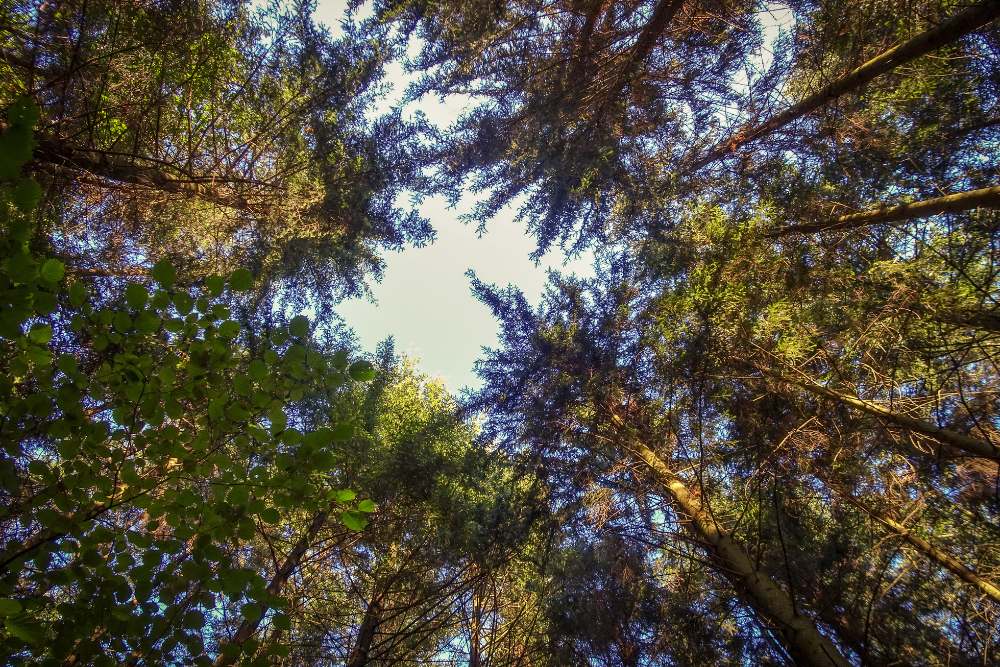
For nature lovers, the Black Forest (Schwarzwald) offers some of Germany’s most beautiful landscapes. This dense, forested region in southwestern Germany is known for its rolling hills, deep valleys, and charming villages. The Black Forest is a popular destination for hiking, cycling, and scenic drives, particularly along the Schwarzwaldhochstraße (Black Forest High Road).
- What to Expect: Visitors can explore numerous trails and villages within the forest, such as Triberg, famous for its waterfalls, and Baden-Baden, known for its spas. The Black Forest also boasts picturesque lakes like Titisee and Schluchsee, where you can relax or enjoy water sports.
- Tip: Try a traditional Black Forest Cake (Schwarzwälder Kirschtorte) in one of the local cafés and explore the quaint towns that dot the region. For a truly immersive experience, stay in one of the rustic guesthouses nestled within the forest.
4. Cologne Cathedral (Cologne)
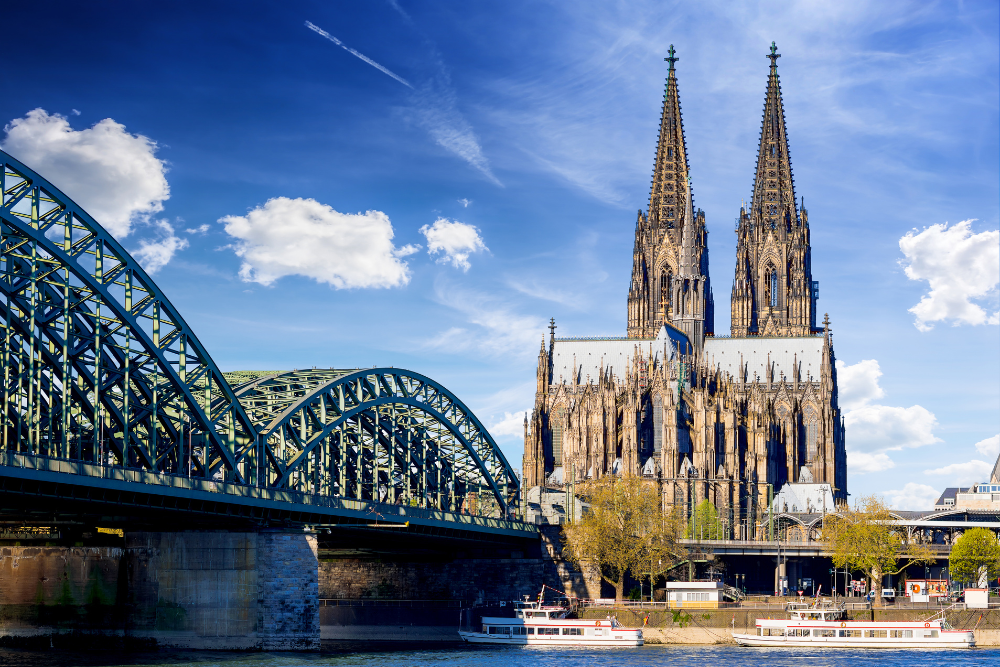
One of the most magnificent Gothic cathedrals in Europe, Cologne Cathedral (Kölner Dom) is Germany’s most visited landmark and a UNESCO World Heritage Site. Construction of the cathedral began in 1248 and was completed over 600 years later in 1880. Standing tall over the city of Cologne, it is a striking symbol of medieval architecture.
- What to Expect: The cathedral’s twin spires rise 157 meters, making it the tallest Gothic church in northern Europe. Inside, visitors can marvel at its stunning stained-glass windows, the Shrine of the Three Kings, and the intricate altar. Climbing the tower rewards you with a panoramic view of the city.
- Tip: Make sure to take time to explore the surrounding old town of Cologne, with its narrow cobblestone streets, historic buildings, and vibrant market squares.
5. Heidelberg Castle (Heidelberg)
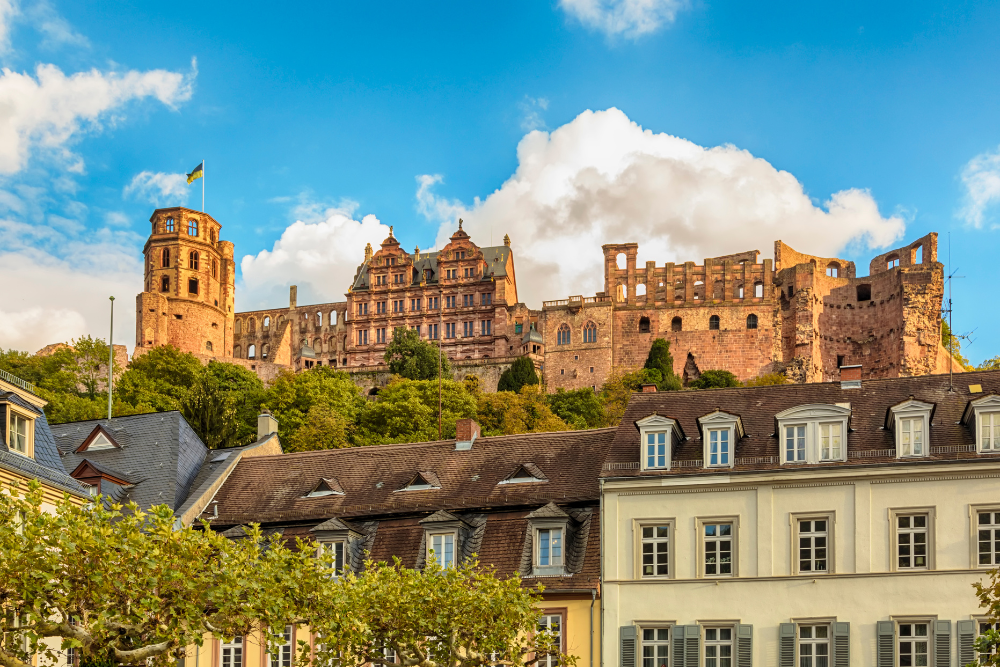
Perched above the city of Heidelberg, Heidelberg Castle is one of the most famous hilltop castles in Germany. The castle dates back to the 13th century and has been a symbol of the city for centuries. Though it has experienced numerous periods of destruction, the ruins are still striking and offer an incredible view of the old town and the Neckar River.
- What to Expect: Visitors can explore the castle’s large courtyard, the German Pharmacy Museum, and the castle’s various rooms and gardens. The castle also houses the world’s largest wine barrel, which can be seen during a tour of the grounds.
- Tip: Take the funicular railway from the city center to the castle for an easy and scenic ascent. The views from the castle over the old town and river are stunning, especially at sunset.
Conclusion
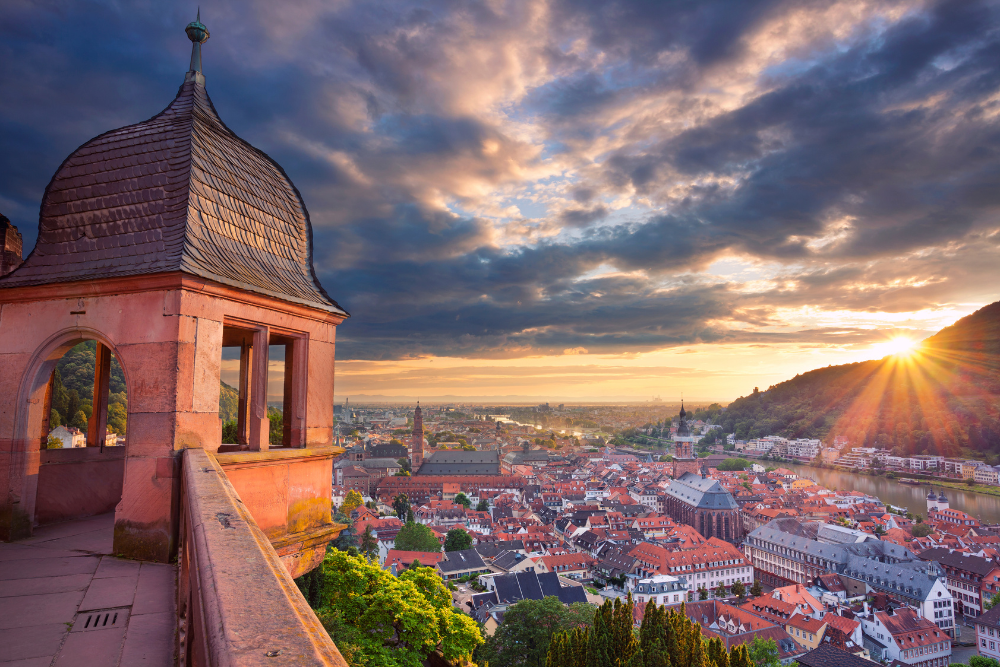
Germany is home to some of the most iconic landmarks in the world, each offering a unique glimpse into the country’s history, culture, and natural beauty. Whether you’re exploring the grandeur of the Brandenburg Gate in Berlin, marveling at the fairy-tale beauty of Neuschwanstein Castle, or hiking through the serene Black Forest, Germany has something to offer every traveler. These landmarks not only showcase Germany’s rich history but also invite visitors to connect with the country in a deeply meaningful way. Whether you’re a history buff, a nature lover, or simply looking for awe-inspiring beauty, Germany’s landmarks are sure to leave a lasting impression.



